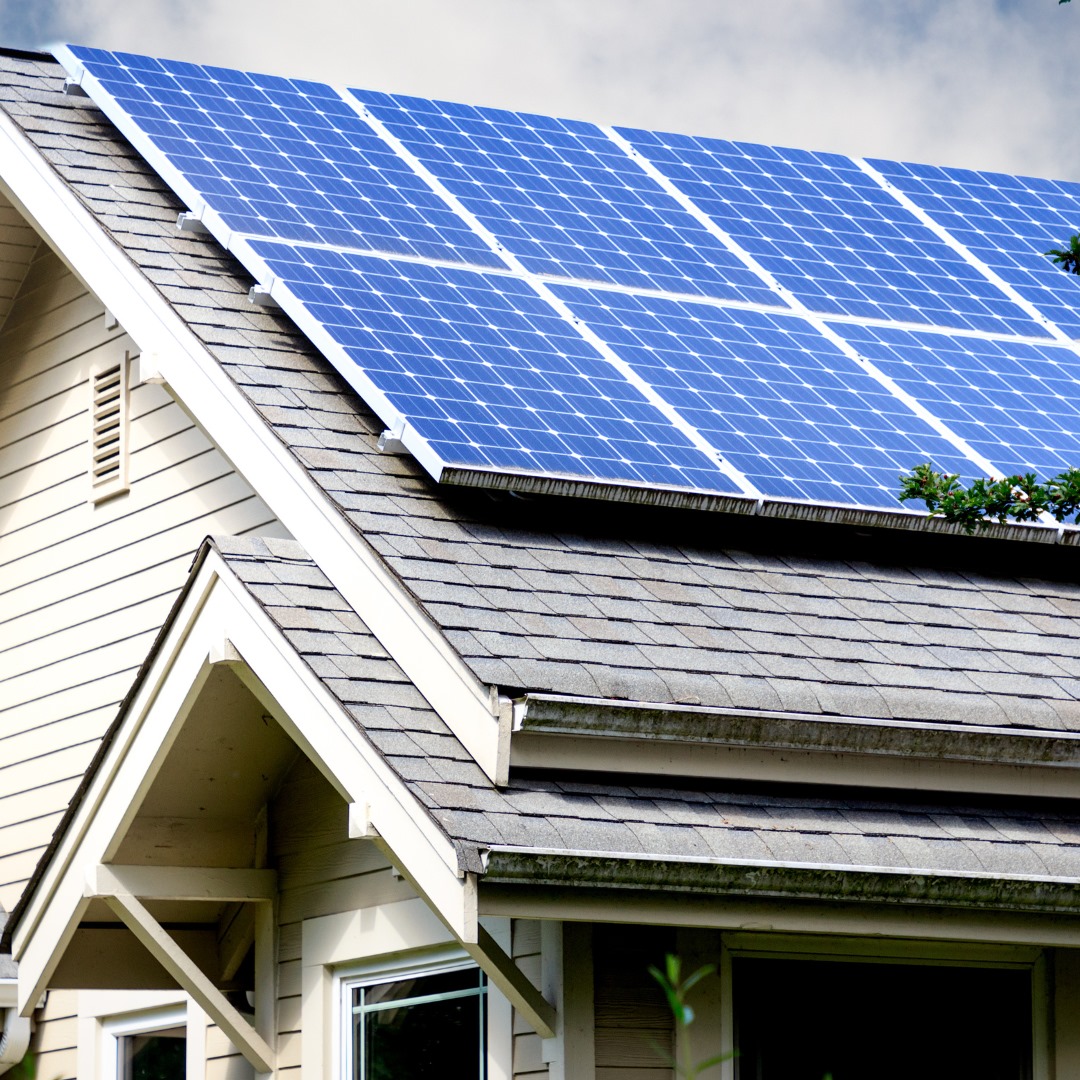
What does a home battery do?
A home battery serves as a buffer between your residence and the electrical grid. It seamlessly integrates with your existing electrical setup to enhance daily energy consumption efficiency and supply backup electricity in the event of a grid outage. It achieves this by receiving electricity from either the grid or your solar panels and efficiently distributing it throughout your household as needed.

Home batteries have a history spanning decades, much like the transition from basic cell phones to sophisticated smartphones. In the past, home batteries were known for their cumbersome nature, high costs, lack of convenience, and limited capabilities. However, at Grid Energy, our expertise lies in the latest generation of intelligent lithium-ion home batteries.
Our smart home batteries employ cutting-edge lithium-ion battery cells, similar to those found in electric vehicles like Tesla. We collaborate with top-tier battery technology firms globally, offering compact, automated, cloud-connected home battery systems that demand no upkeep and have a lifespan exceeding 10 years.
How a battery connects to your home
The Power Grid: The power grid stands as the world’s largest machinery. It consists of only three interconnected grids that make up the entire U.S. power system, linking thousands of power plants and an extensive network of transmission and distribution lines responsible for delivering electricity to end-users, such as yourself.
Main Electrical Panel: Electricity from the grid enters your residence through a single set of wires. The main electrical panel divides this grid power and directs it through circuits to various rooms and appliances in your house. Following the installation of a home battery, only specific, larger loads remain directly connected to the main panel. Anything connected to this primary panel (which includes all devices in a home without a battery) remains vulnerable to power outages.
Home Battery System: A home battery system serves as a protective buffer between your residence and the grid. It charges either from solar panels or the grid itself. During an outage, the battery swiftly disconnects from the main panel and the broader electrical grid, creating an independent, self-sustaining grid that incorporates solar panels and essential household components. As night falls, a home battery can sustain your home using stored solar energy throughout the entire night.
Solar Energy System: Photovoltaic solar panels convert sunlight into electrical energy. Because solar panels generate direct current (DC) electricity, an inverter is necessary to convert this solar electricity into alternating current (AC), which is the type of electricity used in your home.
Essential Loads Panel: During the installation of a home battery, a certified electrician sets up an essential loads panel, serving the same purpose as the primary distribution panel. The home battery supplies power to this essential loads panel, which then distributes electricity to all critical rooms and appliances within your home.

How much power is it packing?
Home batteries vary in size significantly, from 6 kWh up to 20+ kWh. As an illustration, without an additional charging, a typical 10 kWh home battery could:
- Charge your iPhone 952 times
- Blend 4,000 margaritas
- Microwave 300 Hot Pockets
- Run 30 loads of laundry (without drying)
- Keep your fridge on for 50 hours
- Brew 30 pots of coffee
- Run a space heater for more than 6.5 hours
- Keep an LCD TV on for 50 hours
- Make 360 pieces of toast in a toaster (or 1,000 in a toaster oven)

Any other questions? Talk to an expert.
Grid Energy Experts will answer any questions you have about a home batteries and how they work with your home energy system. We make the process totally effortless for you.
Call 1-888-000-000 now to talk to an expert or get started with a free energy evaluation: